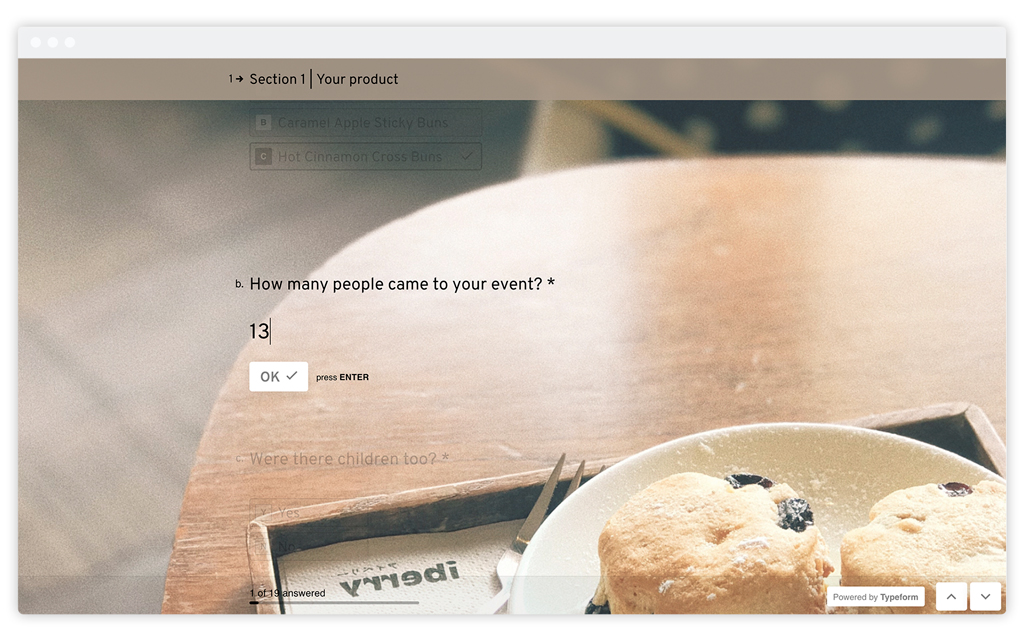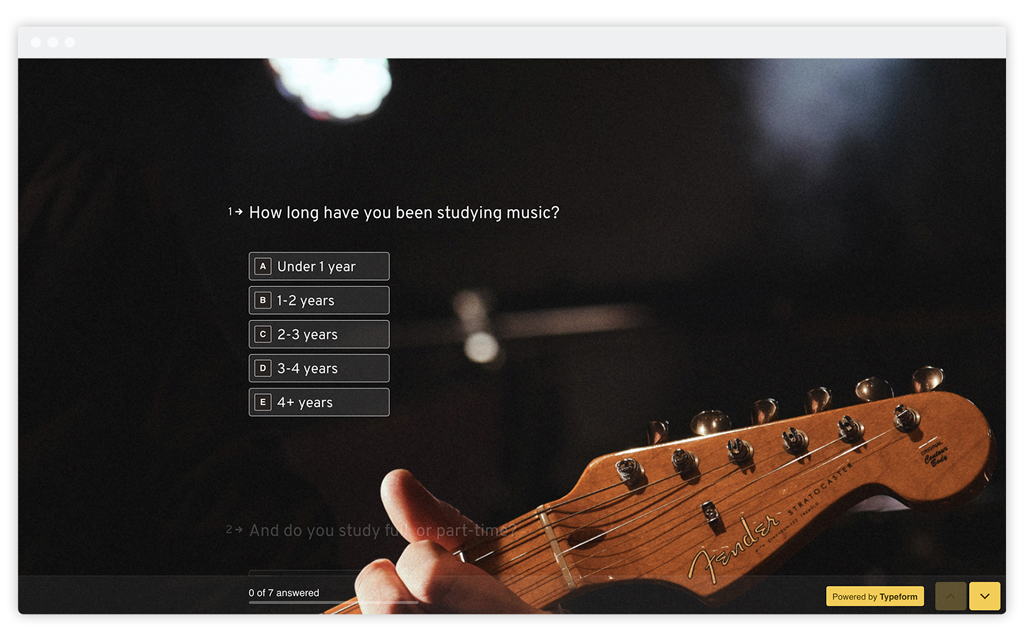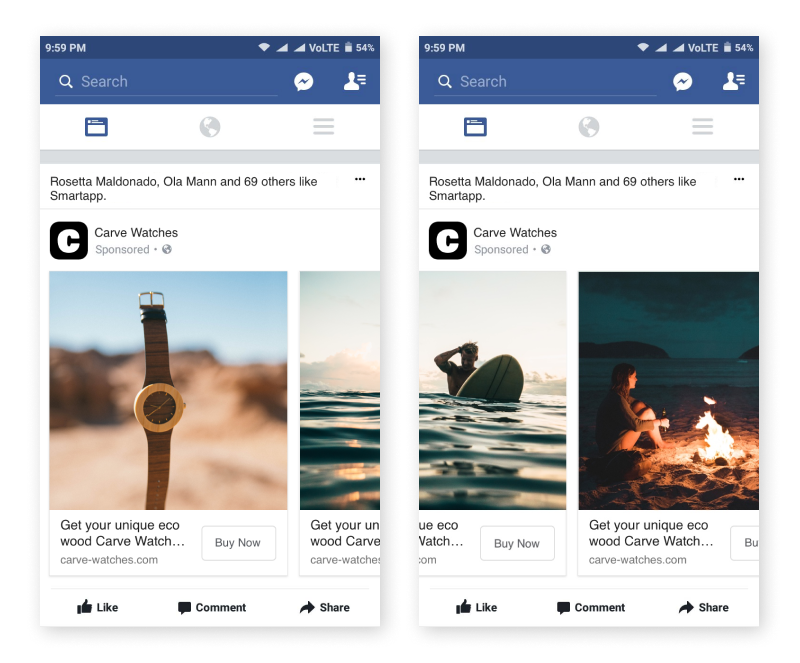How to segment customers and make your marketing more effective
Customer segmentation lets you create tailored marketing campaigns—driving greater sales, customer loyalty, and meaningful connections. Here are four ways to do it.

Every business is different, every customer is different, and every opportunity is different. So how do you deliver a personalized experience when interacting with a broad audience?
Customer segmentation.
By segmenting customers based on common characteristics, you can build more meaningful relationships through tailored interactions.
And when you talk to people based on their needs and interests, you get more qualified leads, higher conversion rates, and longer-term relationships.
But how should you segment: by behavior, demographics, psychographics, or hybrids?
There’s no right way that fits all situations. So we break down the four different approaches, their advantages and disadvantages, and where they’re best used. Right after we know our key audience.
Find your buyer, aka your “consumer segment”
First things first, you need to know who your customers are, what motivates them, and why they purchase from you.
Imagine you’re a catering company, and you specialize in hot cinnamon cross buns. To learn more about the people buying your star product, you send out a customer persona survey.
You find out your buns are mostly ordered for events under 15 participants, often where children are present, and in non-corporate environments. After digging through your survey data, you conclude that young parents organizing family events are your main buyer persona.
Fueled by your new knowledge, you can begin targeting these people with more personalized marketing strategies—leading to an improved user experience and better conversions.
But your business may be a tad more complex. So let’s dig in to the four different approaches to customer segmentation .
1. Behavioral segmentation: what moves them?
Boiled down, behavioral segmentation is about how people act. You can find out:
- How often they interact with your brand
- Where they spend their money
- How much money they spend
- How often they use your products
With this segmentation, you’re digging into your customers’ needs, their desires, and how they buy.
For marketing teams, behavioral segmentation holds the keys to creating more meaningful ads. Because there’s no use targeting a holiday shopper with a repeat-purchase campaign.
Segmenting customers based on behavior also means that you’re offering a more personalized flow to your leads. And that results in a better overall experience for the user—adding a functional and emotional component to your audience interactions.
With behavioral segmentation, remind your sales and marketing team to keep a close eye on your key metrics. Because ongoing metrics are usually lead-specific. Things like click-through rate (CTR), lead generation rate by channel, or time to conversion will help you build your future campaigns.
2. Demographic segmentation: who are they really?
Open your wallet and look at its contents as if you were an anthropologist. What do you see? Artifacts that show your age, marital status, location, income, and more.
All this information forms a constellation of clues about who you are based on how you live your life. And this is the big mama of market segmentation: demographics.
Some people call it context. And in marketing, context is important. It contains all the ingredients to create strategies and campaigns that are tailored to people outside of their direct buying habits.
Let’s say you’re selling shoes. And your store is in a neighborhood with a mix of both wealthy and working-class families. To increase your chances of making a sale, you need to be aware of who’s who. How do you do that?
Why not run a contest to win a free pair of boots? In exchange for the chance at a prize, ask for your potential customers’ demographic information via a demographic survey questionnaire. Ask for things like ZIP code, education level, and of course, income bracket. This would allow you to target your wealthier clients with higher-priced shoes and position your more affordable items to the working-class segment.
For sales teams, demographics can be a big help during sales calls. Speaking to people in a way that relates to them enhances the chance of conversion. The same goes for messaging in different languages or localization efforts from a marketing team. Remember, it’s all about how you interact.
For startups, demographic segmentation can be a good kickstart since it doesn’t require metrics like purchase history or other info which may not be available yet.
However, there’s often no best practice for segmenting people based on how much they make, their gender, or their cultural characteristics. And these demographics can open the door for discriminatory strategies if you’re not careful.
So a good strategy is to use this information in concert with other types of segmentation. Which brings us to our next segmentation approach.
3. Psychographic segmentation: what are they really thinking?
This has nothing to do with the main characters of The Shining or a Bret Easton Ellis novel. Instead, psychographic segmentation is about categorizing customers based on their motivations, interests, or personalities.
When done well, social media ads can really benefit from psychographic segmentation. Why? Because social channels are often deeply personal and meant to show the world what everybody’s doing with their lives—causing other people to say “Hey, I’m also doing that with my life” or “I really should be doing that with my life” or “If only I could do that with my life.”
A practical example is to create a Facebook ad depicting a certain type of lifestyle. Now let’s say you sell rugged, water-proof watches. One idea could be to incorporate your watch into the lifestyle of a surfer—depicting waves, sand, and a crackling bonfire at night.
Offer a genuine and relatable interaction and your personalized ads should encourage more people to buy from you—as long as they see how your product can fit into their life. In the watch case: the outdoors.
Ideally, this content will make potential customers want to make a purchase without them even realizing why the product is so important to them. It touches at an emotional level, just like a genuine conversation.
Again, surveys can be a great way to explore the dark corners of your customers’ psyche. Get creative, create a true exchange, and try to leave an impression that suits people’s interests.
4. Hybrid segmentation: pick the mix that’s right for you
Have you ever been to a buffet where you only ate one thing? Didn’t think so.
Just as the name suggests, hybrid segmentation means combining two or more customer segmentation models to form a unique segmentation strategy. You can mix behavioral and psychographic segmentation, demographic and psychographic, or any other cocktail that suits your marketing needs. This also lets you target your persona more closely by zooming in on different parts of their life and behavior.
The best part of hybrid segmentation? Picking the best of each world.
For example, pretend you’re building a customer experience survey to see what people love or hate about what you’re selling. To do this, you’d probably need to create a questionnaire that first goes over demographic info. Then target people’s intentions when they were buying your product, how the product fits within their lifestyle, and if there’s anything that can be improved before their next purchase.
The result? Depending on your business, one outcome could be the ability to target segments based on how they spend their money. This lets you determine whether or not they’re thrifty, or if they like to make big purchases for special occasions.
With hybrid segmentation, just make sure to thoroughly organize your data. If you aren’t using any marketing and sales automation software, there may be more room for error as you patch together the mix of methods.
Customer segmentation: a few final words
Customer segmentation means adding a positive and personalized customer experience to the buyer’s journey.
No two leads, opportunities, nor customers are alike. So don’t group them together as if they share the same interests. Because they probably don’t. Instead you need to try, test, and be attentive to things that are working based on the segmentation strategy you select.
Each approach has a unique set of opportunities and challenges. Remember that behavioral, psychographic, and demographic segmentation often work best when used together—providing managers with important context to personalize every interaction. Your job is to adjust each mix to fit your situation.
And please, remember this: the more personalized your sales and marketing strategy, the more likely your lead will turn into a customer, come back for more, and tell their friends about you.







.png)